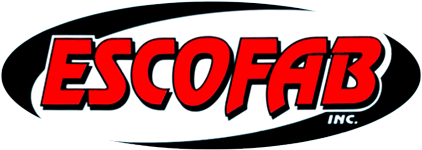When we talk about the future of welding, we often hear people say that automation will take over welding jobs. But what does that actually mean? Welding is an extremely complex skill that requires a great deal of human judgment after all. Therefore, robotics will never take over welding completely.
Automation
Automation is a major part of the future of welding. It will change the way companies operate, and it will create more jobs. Automation will allow fewer workers to churn out more work than ever before. It will also lower costs. Automated welding systems reduce the cost of first-pass weld quality by reducing scrap and rework. They also cut down on spatter and consumable usage. However, some people worry that automation will take their job. Even though this may not happen, it is important to consider the effects of this technology on the welding industry.
Robotics
Robotic welding is a growing industry due to several advantages over manual welding. These include enhanced safety, precision, and productivity. Moreover, robotic systems also provide benefits such as competitive unit cost, flexibility, and enhanced workspace utilization. These technologies have gained a lot of popularity in industries such as automotive, aerospace, and metals and machinery.
However, it is important to note that robotic systems are not capable of making all the decisions on their own. This is especially true for welding, which often requires a human to make real-time adjustments and account for factors previously overlooked. And despite the positive effects that robotics have on the industry, there are still many challenges to be faced. These include a lack of skilled workers to program and operate these systems, as well as the need for training to be sure they’re being used correctly.
New Technology
Welding is an old trade, but modern technology has revolutionized it, enabling more accurate and precise welds to be made and faster production. These developments have helped welding become a more efficient and safe process. Today, manufacturers are always looking for new processes and technologies to help them reduce costs, improve productivity, or shorten project timelines. Oftentimes, these solutions require an investment in new equipment or processes but can provide significant returns.
Laser welding is an example of a technology that can change the way metals are joined. Civan’s XCivan technology allows engineers to create beam shapes and control beam frequencies quickly and easily, even at higher power levels. The ability to adapt to different material thicknesses, for example, can greatly increase production efficiency. In addition, this technology can reduce the risk of burns and other health risks to welders and their employers. It can also be used in a wide range of industrial applications, including automotive and aircraft manufacturing.
Safety
Welding is a highly dangerous and physically demanding profession that can lead to serious injuries. It is essential to educate welders on safety and to follow all regulations. One of the most important hazards that welders must take care of is electrocution. Welders must wear insulated clothing to avoid being shocked by stray electrical currents. They must also inspect the electrode holder for damage before putting it in use and make sure their gloves are dry. They should also keep dry insulation between their body and the ground or metal they are welded on to avoid getting electrocuted. Welding may also lead to potential fires and explosions. It is essential to have a safe working area with fire extinguishers strategically placed around the workspace and workers trained on how to use them.
